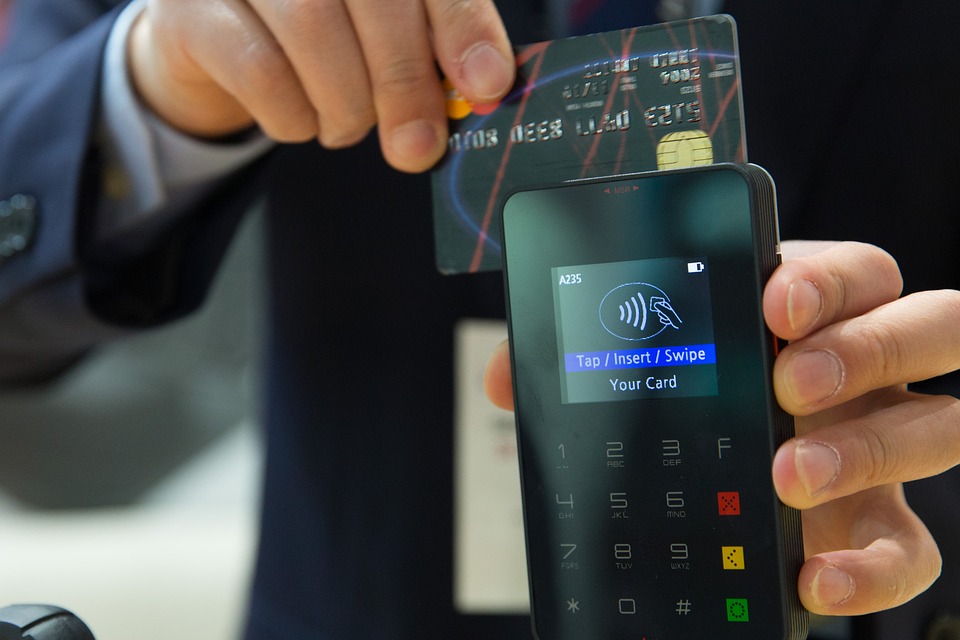The US conversion to EMV is almost 2 years old now. What major issues are involved with the process of adoption? Below you can read several important points associated with some side effects regarding EMV technology:
- EMV chip cards were first tested 20 years ago. They were developed for offline authorizations in the European market and not designed to fit the peculiarities of the US debit The US facilitated the process of online authorization because the country had ubiquitous telecommunications connections. But in addition to the Visa and MasterCard global networks, its market is comprised of over a dozen surviving PIN-debit networks.
- A large number of US merchants weren’t prepared for the chargebacks that suddenly appeared in their back offices on Oct. 1, 2015, unless they were chip-ready. 2016 witnessed 14.7 million chargebacks worth $5.8 billion, based on estimates from Boston-based researcher Aite Group LLC. Julie Conroy, research director at Aite, notes there is still a long way to go in terms of the migration, and until more merchants come online, especially the grocery chains, a large volume of chargebacks will occur in the system.
It’s of vital importance for EMV merchants to turn to a trustworthy and experienced payment processor like emerchantbroker.com for reliable payment processing. EMB is voted the #1 high risk processor in the US and has an A+ rating with the BBB. Moreover, EMB is rated A by Card Payment Options and is named one of Inc. 500’s Fastest Growing Companies of 2016. EMB offers exceptional merchant account services, including unmatched chargeback prevention and protection programs.
- For leading point-of-sale terminal makers VeriFone Systems Inc. and Ingenico Group SA, EMV liability shift was something to dream about in 2015 since they received big orders from big merchants. However, after large retailers completed their conversions, small merchants failed to fill the sales gap.
- EMV put an end to fraudsters’ opportunities at the point of sale. They started targeting the online world. The professionals in the field note the US e-commerce fraud will reach $4 billion in 2017, which is more than 20% from the toll in 2016, based on the data provided by Aite Group.
- The US conversion from magnetic-stripe card payments to EMV chip cards has played its role in some unexpected developments. It seemed surprising in December 2016 when the bank card networks postponed their liability shifts for automated fuel dispensers (AFDs) for 3 years. It was both expensive and physically difficult for 150.000 gas stations across the country to retrofit fuel pumps to accept chip cards.
- Cardholders and cashiers accustomed to speedy mag-stripe swipes felt disappointment when they found out they had to insert their high-tech chip cards in a terminal and then wait for an “eternity.” According to one of the merchant processors in the field, in 2016, a typical EMV transaction took 16 seconds, compared to just 3 for a swipe.
According to the US Payments Forum, as of late March, about 600 million chip cards were issued by banks, as well as American Express and Discover. Based on figures by MasterCard and Visa, almost 2 million US point-of-sale terminals can accept chip card payments. Javelin Research & Strategy, a research-based advisory firm, reports that nearly 15 million POS terminals still need to be upgraded to accept chip cards.


